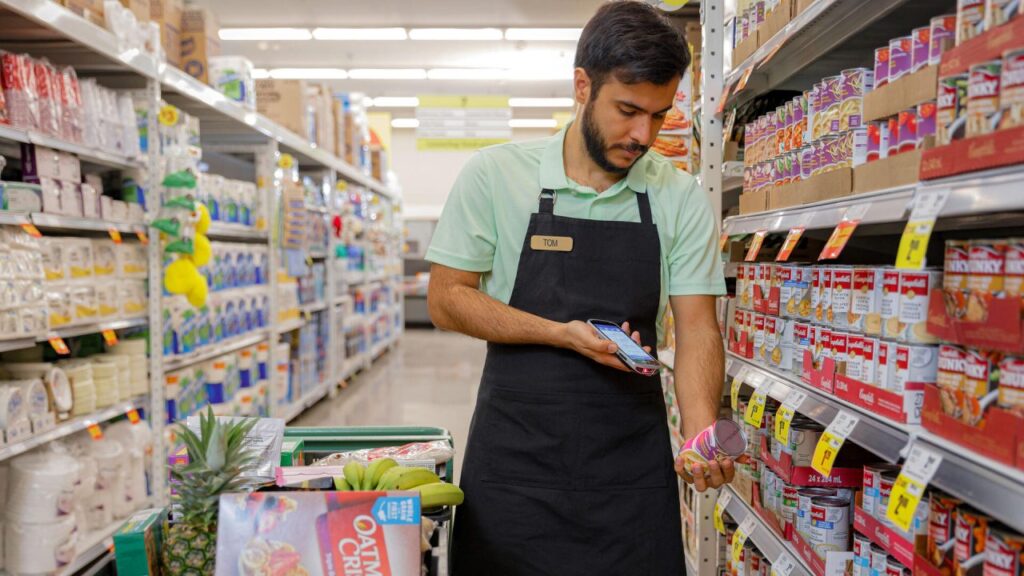Pure-play grocers face major competition from dollar stores and mass merchandise retailers, but they still maintain an edge when it comes to fresh food like produce, according to a new report from Placer.ai.
It’s a significant opportunity for traditional grocery chains looking to expand into underserved markets, according to the report “Understanding Grocery Store Chain Distribution.”
Traditional grocery stores are plentiful in some areas of the country, including the Northeast, Midwest, South Atlantic, and Pacific regions, but “they remain in short supply” in many communities throughout the U.S., according to the report.
This poses a policy challenge for leaders looking to broaden access to healthy food. The report notes that “identifying underserved markets with significant untapped demand can be a critical first step in deciding where to focus grocery development initiatives.”
The report notes that 43.4% of visits to food retailers last year were made to grocery chains, superstores, discount stores, and dollar stores. Looking at it regionally, however, shows that dollar stores and mass merchandise retailers dominate in some areas of the U.S., while traditional grocers attract the most visits in other areas.
Grocery dominates in the coastal states of Oregon, Vermont, Washington, Massachusetts, California, Maryland, New Hampshire, Connecticut, New Jersey, and Rhode Island. They also attract more than 50% of all shoppers in New York and Nevada, according to the report.

That figure changes drastically in other states like North Dakota, where pure-play grocers attract only 11.7% of food retailer visits. Similarly, traditional grocers captured less than 20% of the food retail foot traffic in Mississippi, Oklahoma, and Arkansas.
Some of these states are seeing growth in grocery visits, according to Placer.ai. North Dakota, where traditional grocers have the smallest percentage of foot traffic, experienced a 9.1% year-over-year growth in grocery store visits in early 2024. That’s nearly double the nationwide baseline of 5.7%.
That trend is also playing out in Nebraska, Arkansas, Alabama, Mississippi, and New Mexico. “This suggests significant untapped potential for grocery stores and a market that is hungry for more,” the report noted.
The report highlighted the growth of grocery visits in Alabama, where residents in some parts of the state drive at least 10 miles to get to a traditional grocery store. In early 2024, only 28.9% of shoppers purchased their groceries at pure-play grocery stores, but that figure is rising faster than the national average, according to the report.
That may be due to “inadequate supply, rather than insufficient demand,” the report said.

“The Piggly Wiggly location in Butler, Alabama, drew 40.1% of visits from 10 or more miles away. The same store experienced a 23.3% year-over-year increase in visits in early 2024 — far above the statewide baseline of 6.6%,” the report noted. “Meanwhile, the Super Foods location in Thomasville, Alabama, which drew 52.8% of visits from at least 10 miles away — experienced year-over-year visit growth of 12.3%.”
The trend is attracting the attention of policymakers in places such as Greenville County, South Carolina, where one local government is considering providing tax incentives to attract pure-play grocers, the report states.
Grocery visits there grew by 6.1% year-over-year in April, rising faster than the statewide average growth of 4.2%.


